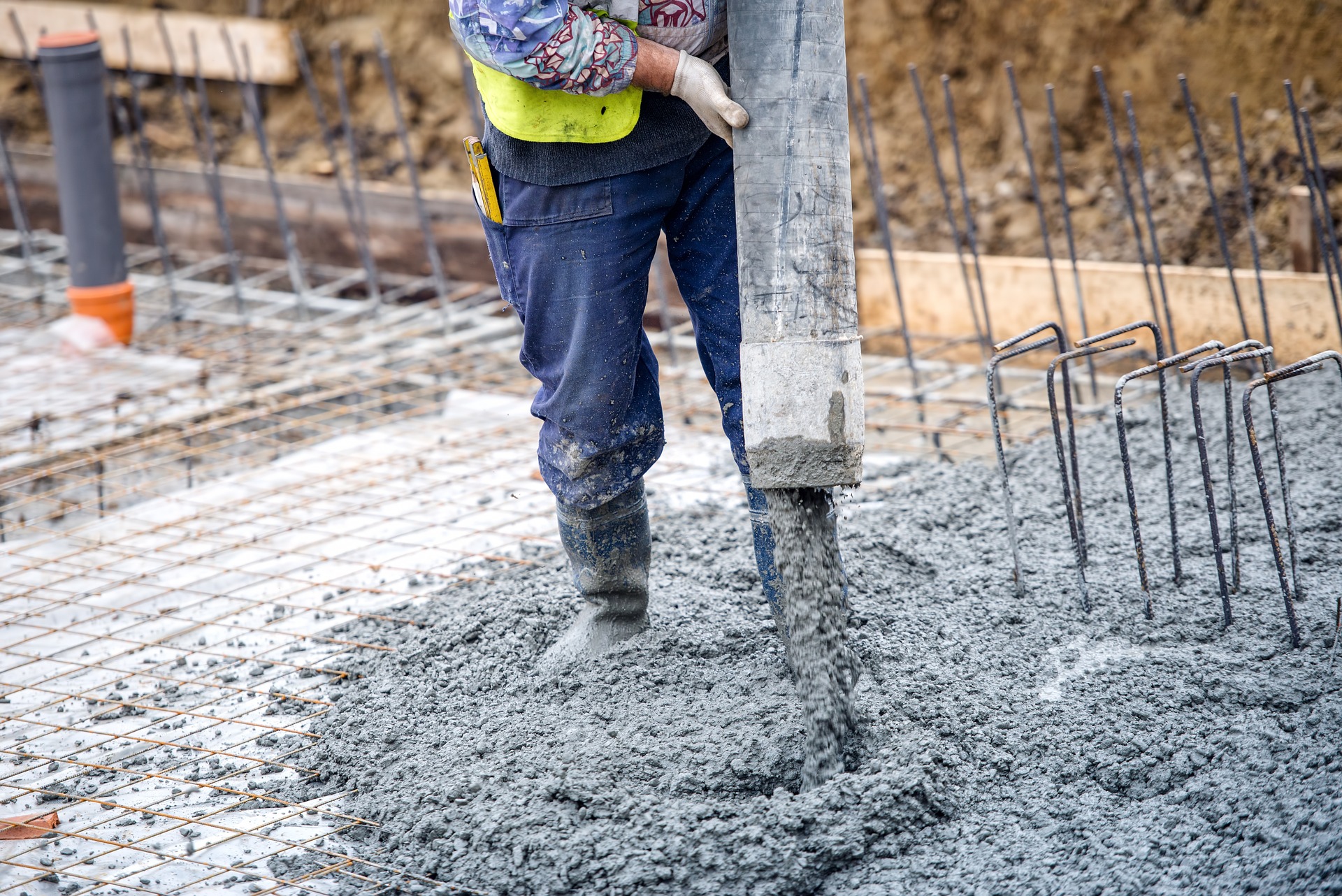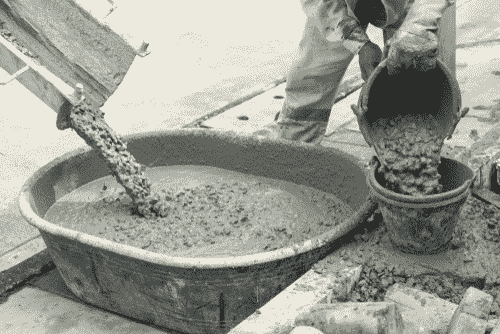Revealing the Eco-Friendly Advantages of Utilizing Recycled Concrete in Lasting Building Practices
In the world of sustainable building practices, the application of recycled concrete stands as an essential yet usually underestimated source. Past its standard applications, recycled concrete deals a myriad of eco-friendly advantages that extend far past the boundaries of standard construction products.
Ecological Advantages
By including recycled concrete right into construction techniques, there is a significant reduction in the need for brand-new raw products, leading to preservation of all-natural sources. Furthermore, the usage of recycled concrete reduces the amount of waste being sent to land fills, thereby minimizing ecological contamination and easing the strain on landfill capacities (Concrete).

Additionally, the manufacturing of standard concrete is a significant source of carbon exhausts due to the energy-intensive process of cement manufacturing. In comparison, recycled concrete has a reduced carbon impact as it reduces the need for new concrete manufacturing. This decrease in carbon exhausts adds to mitigating climate change and supports lasting construction practices. Generally, the environmental benefits of using recycled concrete are significant and play a vital role in promoting green building methods.
Cost-Efficiency
Accomplishing cost-efficiency is a critical factor to consider when assessing the application of recycled concrete in construction projects. One of the essential benefits of utilizing recycled concrete is its cost-effectiveness contrasted to typical concrete.
Furthermore, using recycled concrete can result in savings in garbage dump expenses by diverting concrete waste from disposal sites. This not just minimizes the ecological effect however also gets rid of the expenses associated with waste elimination. The resilience and performance of recycled concrete are comparable to standard concrete, guaranteeing that expense savings do not endanger the top quality of the construction.
Toughness and Strength
Taking into consideration the substantial cost-efficiency advantages of using recycled concrete, it is necessary to examine its toughness and toughness in building and construction applications. Recycled concrete offers comparable, if not premium, durability and toughness residential properties to standard concrete. With developments in processing strategies and quality assurance, recycled concrete can fulfill or surpass the performance requirements of traditional concrete. The process of reusing concrete includes crushing, arranging, and evaluating old concrete to create accumulations that can be utilized in brand-new construction jobs. These recycled accumulations are qualified of giving adequate compressive stamina, durability, and lasting performance.

Waste Reduction
When it comes to utilizing recycled concrete, waste decrease is a vital advantage that adds significantly to environmental preservation. By integrating recycled concrete into construction projects, this waste is repurposed and drawn away from land fills, lowering the total environmental influence of construction activities.
Recycled concrete not only assists in minimizing the quantity of waste that winds up in landfills but likewise conserves all-natural resources by decreasing the demand for new accumulated products. This procedure of waste decrease promotes a circular economic climate within the construction industry, where products are reused and reused to produce a more lasting market. In addition, using recycled concrete can bring about cost savings for building and construction projects, as it is typically more cost effective than sourcing and moving brand-new products. In final thought, waste decrease via the utilization of recycled concrete is a crucial element of sustainable construction methods that profits both the setting and the construction industry as a whole.
Power Preservation
Power preservation is a crucial facet of sustainable building and construction methods, aiming to reduce Continued the overall power consumption This Site connected with structure operations and products production. Substantial power cost savings are accomplished contrasted to conventional concrete production when it comes to utilizing recycled concrete in building and construction. The process of creating recycled concrete entails crushing and reusing existing concrete materials, which takes in less energy than mining, handling, and delivering raw materials for new concrete production. Additionally, making use of recycled concrete can aid reduce the demand for virgin aggregate, more decreasing the energy-intensive removal and handling of natural deposits.
Conclusion
In conclusion, the use of recycled concrete in lasting building and construction methods uses various environmental advantages, cost-efficiency, durability, stamina, waste decrease, and power preservation. By including recycled concrete into building tasks, we can contribute to a more eco friendly and lasting future. It is essential for the building market to prioritize using recycled products to aid lower the ecological impact of construction tasks.
One of the vital advantages of using recycled concrete is its cost-effectiveness compared to standard concrete.Furthermore, the usage of recycled concrete can lead to savings in garbage dump expenses by diverting concrete waste from disposal websites. The longevity and performance of recycled concrete are comparable to conventional concrete, making certain that cost financial savings do not jeopardize the quality of the building.
